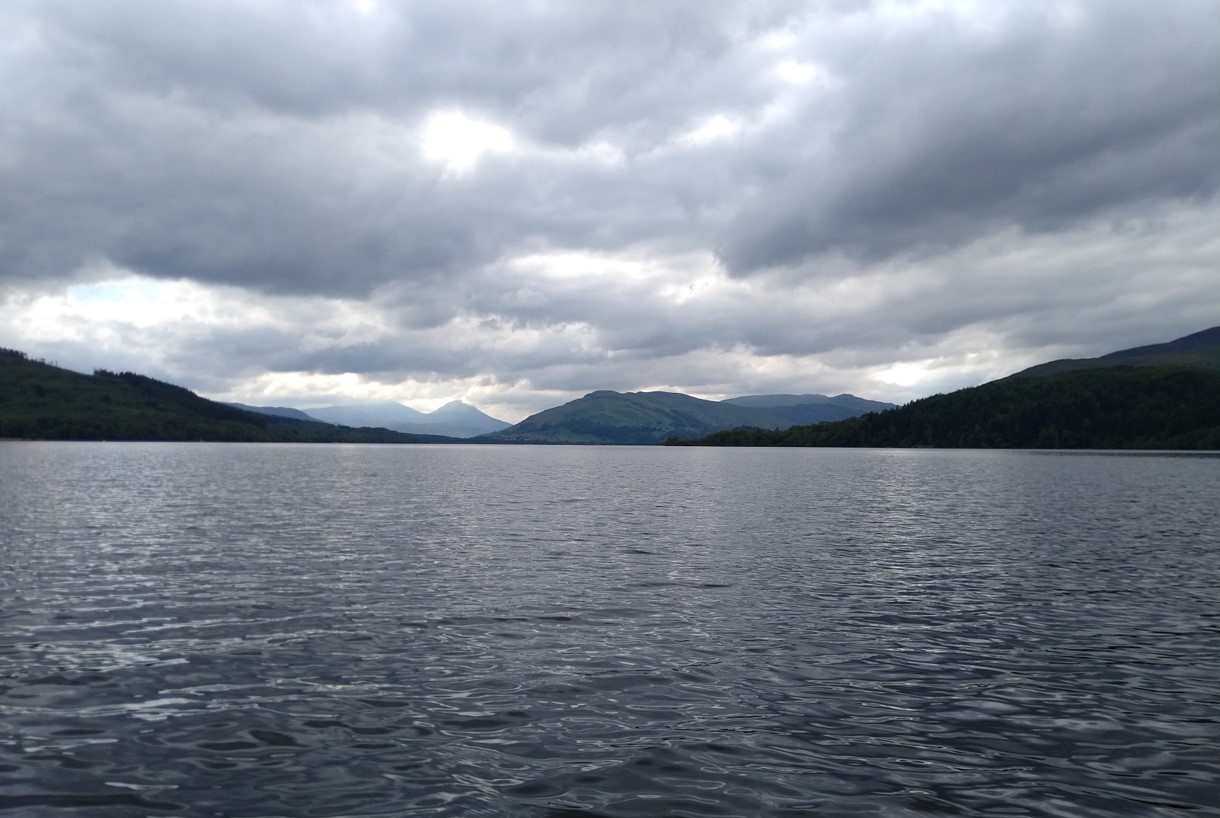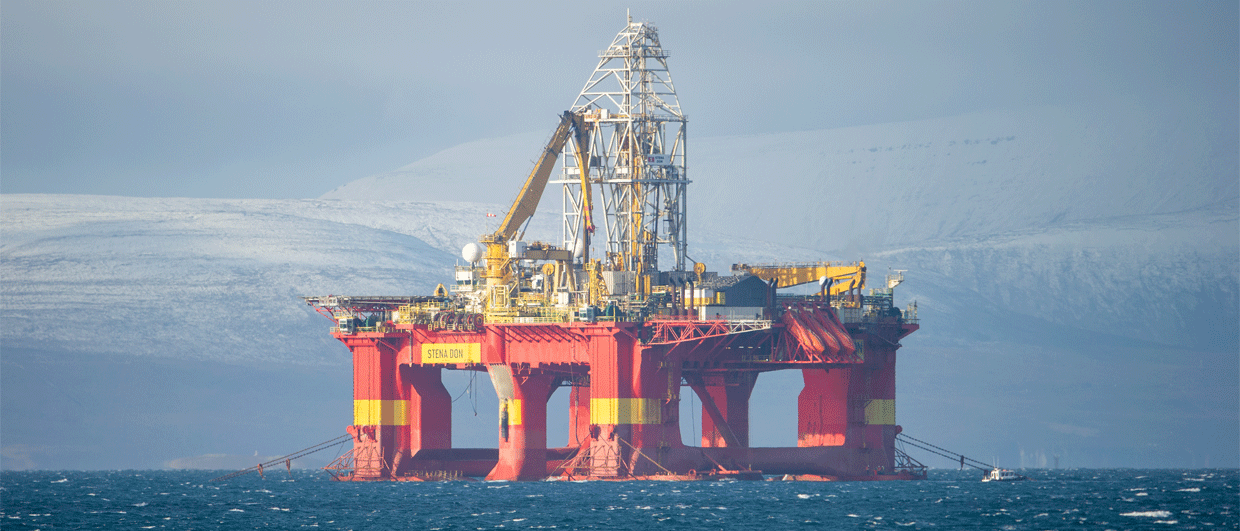With discovered volumes getting smaller, majors leaving the basin and private equity-backed companies taking their place, the operating landscape has changed dramatically over the years.
However, what is the same is that those people and companies investing their money in a private-equity vehicle that backs an operating company still want a healthy return, very similar to people whose pension pot is invested in Shell shares. It is therefore of key importance to be informed about well results correctly, including a statement on exploration risks.
Let’s illustrate the above with an example from the news.
Jerv – again
As we have extensively reported on over the past few weeks, well 15/12-25 drilled by Chrysaor in Norwegian waters turned out not to be the success that was hoped for. As any geoscientist working on the prospect must have known, pressure data were key in declaring the well a success or not, because it was always a risk that the targeted reservoir was in communication with the Maureen reservoir in the Fleming field a little further to the south. So, again, pressure was the key, not the presence of hydrocarbons.
Yet, partner OKEA issued a press release on the 17th of March stating that hydrocarbons were found in the well. Although mention was made that operations were at an early stage, no reference was made to the importance of pressure data.
A casual reader of this press release must have been encouraged by this bit of news, even though Chrysaor did not issue a statement yet.
Then, a week later (23rd March) OKEA announces a non-commercial discovery stating that the “reservoir pressure is highly depleted and the remaining resources are interpreted to be insufficient for development.”
Without speculating too much as to why it was deemed necessary to issue the press release on the 17th of March, it shows that a statement on the main risk of the well (pressure depletion) would have been important to include to manage expectations on the outcome of the well.
HENK KOMBRINK





